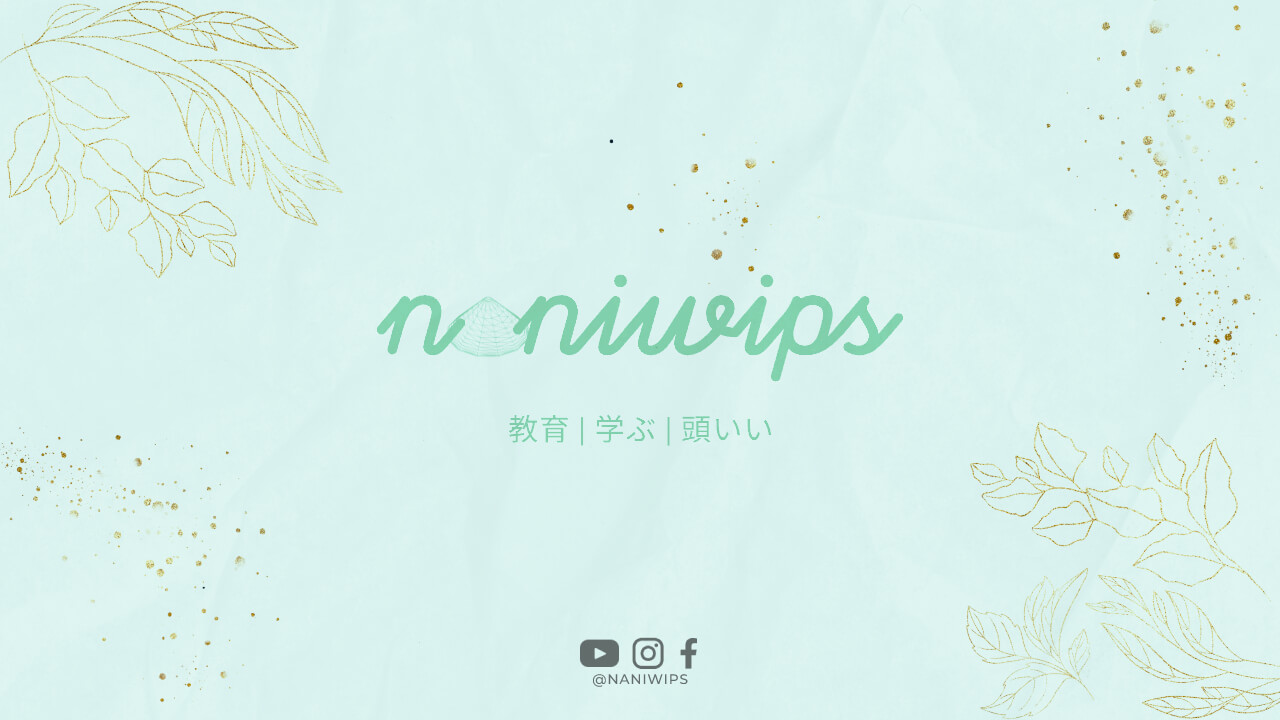As the year draws to a close, many people in Japan are busy preparing 年賀状 (nengajou), or New Year’s cards, to send to family, friends, and colleagues. For many Japanese people, sending nengajou is an important tradition that expresses respect, gratitude, and well wishes for the coming year.
The Meaning of Nengajou
Nengajou are typically sent out in the month of December, with the aim of arriving at their destination on January 1st. The cards usually feature the Chinese zodiac animal of the upcoming year, as well as traditional New Year’s motifs such as pine trees, plum blossoms, and Mt. Fuji.
But nengajou are more than just pretty cards – they are a way of showing respect and gratitude to the people in our lives. This is especially true when it comes to sending nengajou to our teachers, or sensei (先生) in Japanese.
The Importance of Teachers in Japanese Culture
In Japan, teachers hold a special place of honor and respect in society. From elementary school to university, teachers are seen as guides and mentors who help shape the minds and hearts of their students.
It is not uncommon for Japanese people to maintain lifelong relationships with their sensei, even after they have graduated or moved on to other pursuits. This is why sending nengajou to one’s sensei is seen as an important way of showing appreciation and respect.
The Etiquette of Sending Nengajou to Sensei
When sending nengajou to one’s sensei, there are a few important etiquette rules to keep in mind. First, it is customary to use honorific language (keigo) when addressing one’s sensei, even if you are no longer a student.
Second, it is important to choose a card that reflects the level of respect and appreciation you feel for your sensei. This might mean choosing a more formal card with traditional New Year’s motifs, or a card that features the sensei’s favorite animal or hobby.
Finally, it is important to write a thoughtful and sincere message inside the card. This might include expressing gratitude for the sensei’s guidance and support, as well as wishing them health, happiness, and success in the coming year.
The Joy of Receiving Nengajou from Sensei
While sending nengajou to one’s sensei is an important way of showing respect and gratitude, it is also a joy to receive nengajou from one’s sensei. For many Japanese people, receiving a nengajou from a former sensei is a reminder of the positive impact that person has had on their life.
It is not uncommon for people to display their nengajou in their homes or offices throughout the New Year, as a way of honoring the relationships and connections they have with others.
Conclusion
Sending nengajou to one’s sensei is more than just a tradition – it is a way of expressing respect, gratitude, and well wishes for the people who have helped shape our lives. By following the etiquette rules and writing a thoughtful message, we can show our sensei how much we appreciate their guidance and support.
And for those who receive nengajou from their sensei, it is a reminder of the positive impact that person has had on their life, and a way of honoring the relationships and connections we have with others.



